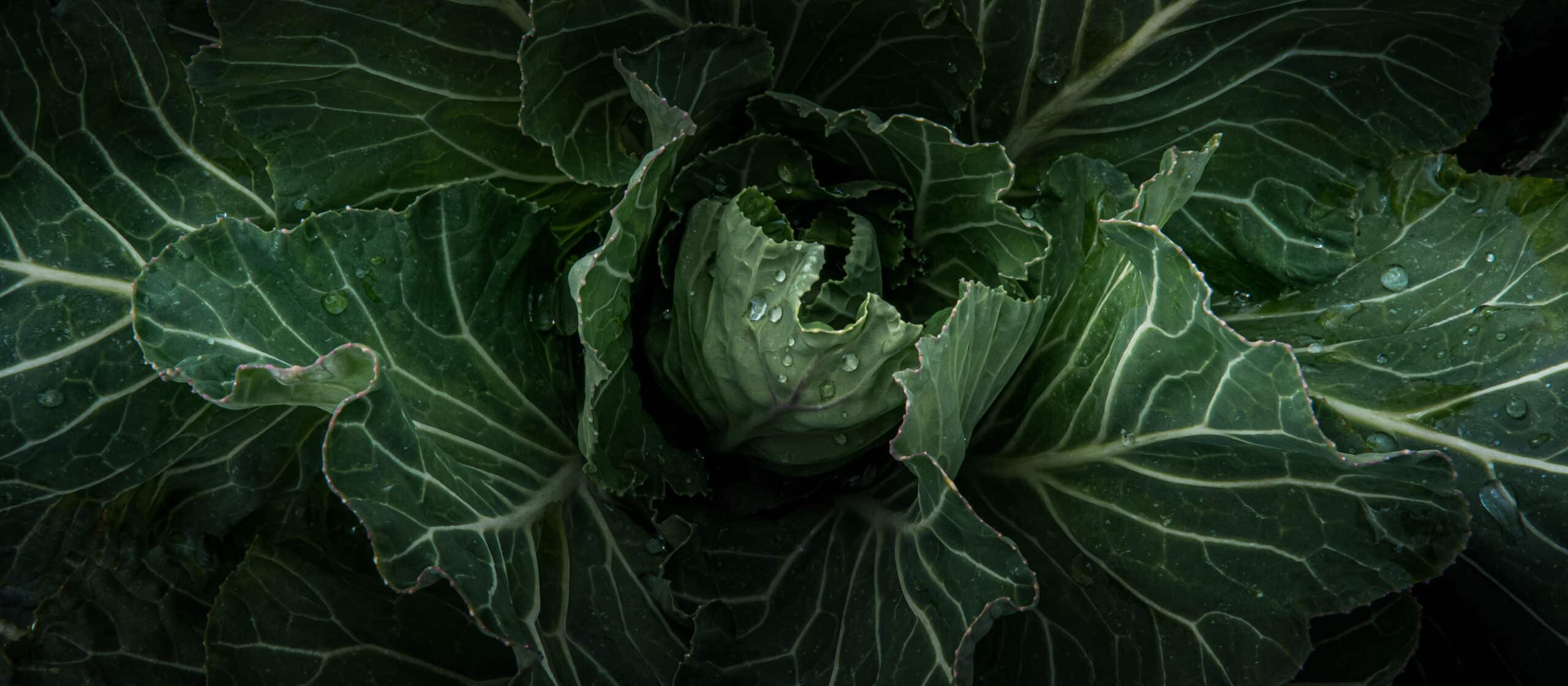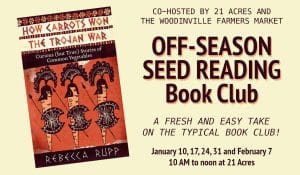
Recipe: Karen’s Einkorn Biscuits
Recipe: Karen’s Einkorn Biscuits
- posted on: June 1, 2020
- posted by: Kari Fetrow
"*" indicates required fields

Hi friends! Kari here, coming at you virtually from inside Karen King’s kitchen this week. Karen is our Event Lead at 21 Acres (We affectionately call her “The Kitchen King”) and she has a load of dietary restrictions, one of them being gluten. But, happily she has found that she can successfully eat einkorn without trouble. (Why is that?!) Karen has become our resident Einkorn flour expert. Karen makes everything from cakes to biscuits with it and it all tastes wonderful!
Karen says, “I have been making this recipe off and on for several months and find the current measurements to be reliable-not too gooey and not too dry! It is a pleasure to me to be able to eat food incorporating Einkorn and I often take a biscuit with me as a snack!”
For those that haven’t heard of Einkorn or perhaps have heard of it, but don’t know what it is, I thought I’d share: Einkorn is the oldest form of wheat known to our modern world. Scientists call it “Man’s first wheat.” Einkorn has a higher protein content than traditional white or whole wheat flours, has more carotenoids, fatty acids, and contains less gluten.
(1.) In modern wheat there are two types of gluten that are present in the grain, A and D (the names have to do with which set of chromosomes the gluten shows up on)
(2.) Since Einkorn only has 2 sets of chromosomes, they are missing the D glutens, which are actually what most people are intolerant or allergic to, meaning these gluten proteins have more markers on them. Thus, a good amount of people that have digestive problems eating wheat can have success eating Einkorn since it is simpler to digest and contains less gluten markers for your body to inspect.
I hope this info helps you the next time you are shopping for flours or if you have been hesitant to try Einkorn!
Karen’s Einkorn Biscuits
Makes 8-9 Biscuits
Ingredients:
2 1/2 c. Bluebird Grains Farm Einkorn flour (carried in the Farm Market)
1 scant tbsp baking powder (for those that don’t know scant means: close to)
1 tbsp organic sugar
½ teaspoon salt (if using unsalted butter)
5 tbsp of unsalted butter, grated (keep cold until you need it)
¾ cup of milk (any type, even dairy free. I use ½ c. nonfat and ¼ c half and half)
Directions:
Preheat the oven to 400 degrees.
1. Sift together flour, baking powder, sugar and salt. (If you don’t have a sifter just use a fine mesh strainer.)
2. Add grated butter and mix together until crumbly. You can use a pastry blender, your fingers, or 2 knives. Leave bits of butter intact; when it melts it will create pockets that make the biscuits flakier.
3. Add milk and mix until “shaggy”. (lumpy, but well mixed, no dry spots of flour. A cohesive ball but not a smooth one) If it is too dry, add a Tablespoon of milk at a time. If it is too wet and sticky, add a small amount of flour. Since you will be kneading the dough a tiny bit, more flour will be incorporated that way.
4. On a floured surface, form into a ball and flatten. Fold the disk in half, roll it out and fold again.
5. Roll out the dough (or pat out using your hands) to about an 8 x 10” rectangle. I make mine about ¾ of an inch thick. Using a biscuit cutter or a small glass cut the dough into biscuit shapes (don’t twist the cutter). Reform the dough and cut what is left. I often make a tiny biscuit by hand with the remaining bit of dough.
6. Put parchment paper on a baking sheet. Place cut biscuits on the sheet & chill until you are ready to cook them.
7. Bake 12-15 minutes. If you make thicker biscuit they will need to cook longer. When they look golden brown tap one and if it sounds sort of hollow it should be done!!
Sources:
1. www.einkorn.com
2. https://www.ncbi.nlm.nih.gov/pmc/articles/PMC5707704/










 back to blog overview
back to blog overview








